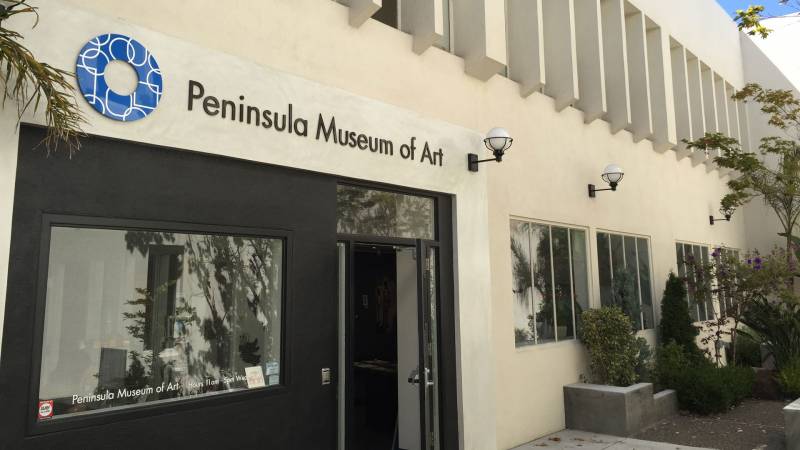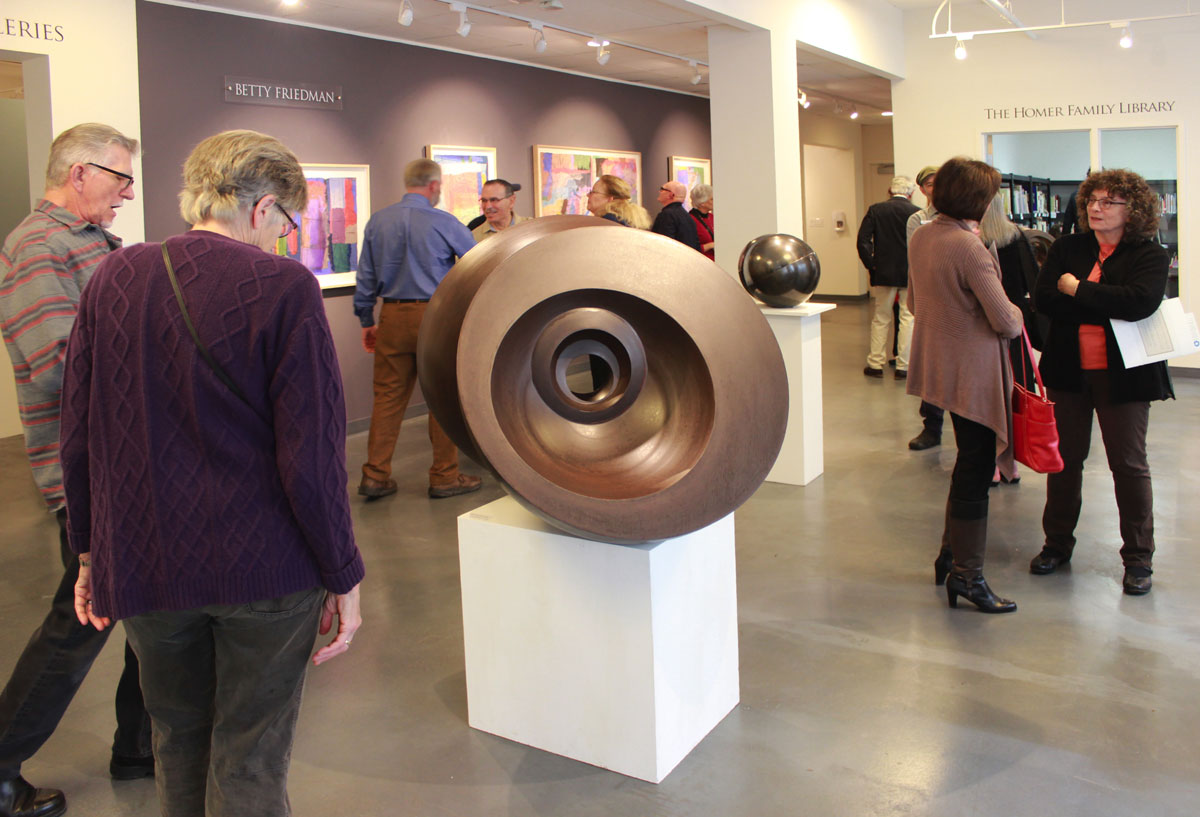It’s been a tumultuous few months for museums forced to close due to COVID-19, and the Peninsula Museum of Art (PMA) has not been spared its share of sudden changes. The humble fine arts museum is not only looking for a new home; it now has new co-executive directors committed to carrying on its core mission of spotlighting regional talent.
After the coronavirus pandemic forced the PMA to close to the public in March, the museum’s leadership team was faced with yet another shutdown of sorts: an eviction from their home of the past seven years.
Officially, July 5 was the PMA’s last day in Burlingame. At least, for now.
While the pandemic was not anticipated, the museum’s temporary closure was inevitable. The 18,000-square-foot Burlingame complex of galleries, classrooms and studios was long ago slated for redevelopment, though its recent eviction was abrupt.
Renting space rather than owning a building has always been part of the institution’s structure. “What’s unique about us is that we’re one of the few art museums not founded by a rich collector,” said Ruth Waters, the PMA’s founder and a working sculptor now in her 80s. Rather than rely on wealthy individuals, the nonprofit is sustained through foundation funding, donations and event and class fees, as well as nearly all-volunteer labor. (The only paid contractors are the website administrator and exhibition installer.) “We’re all worker bees from the art community,” Waters added.



